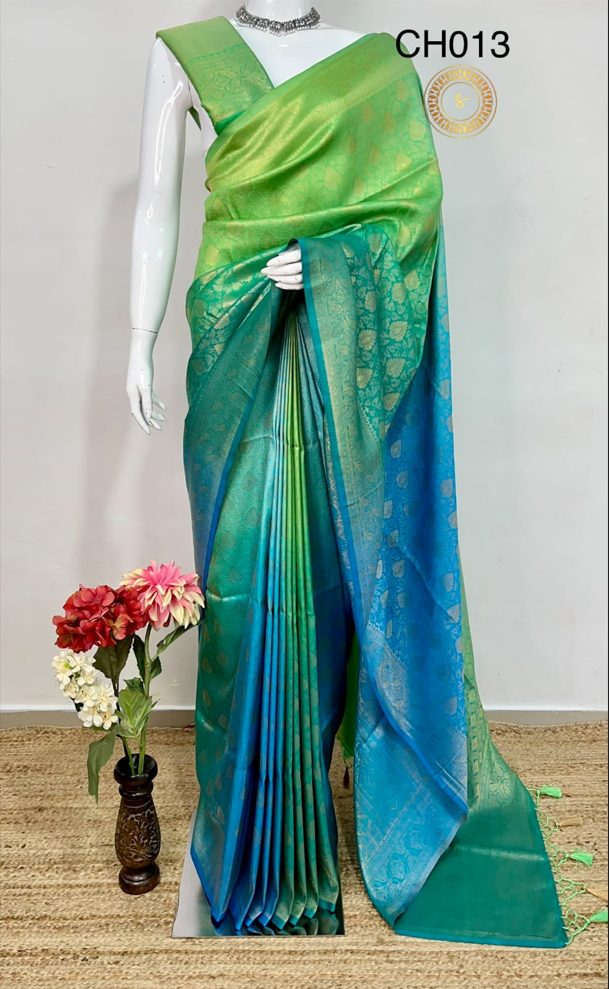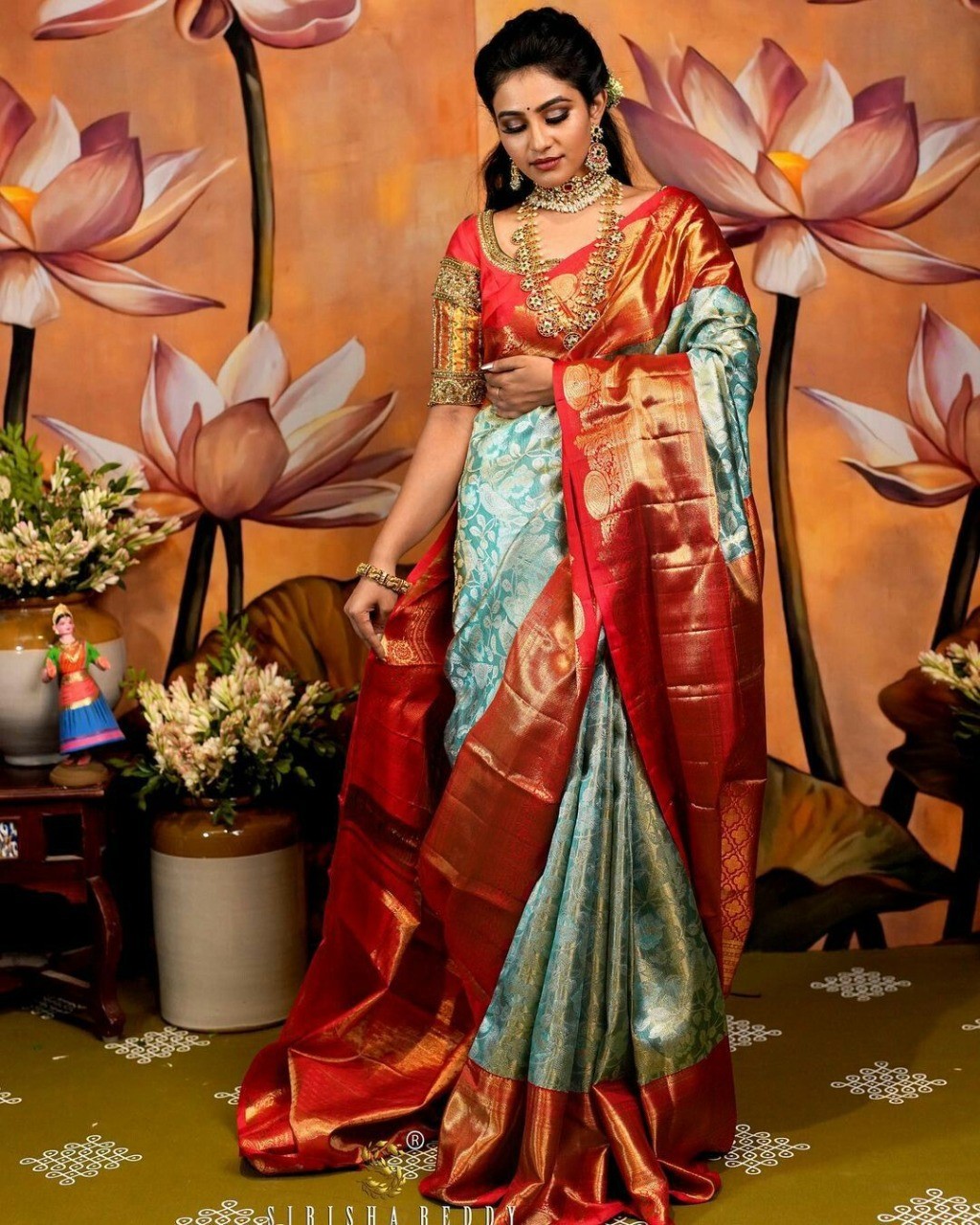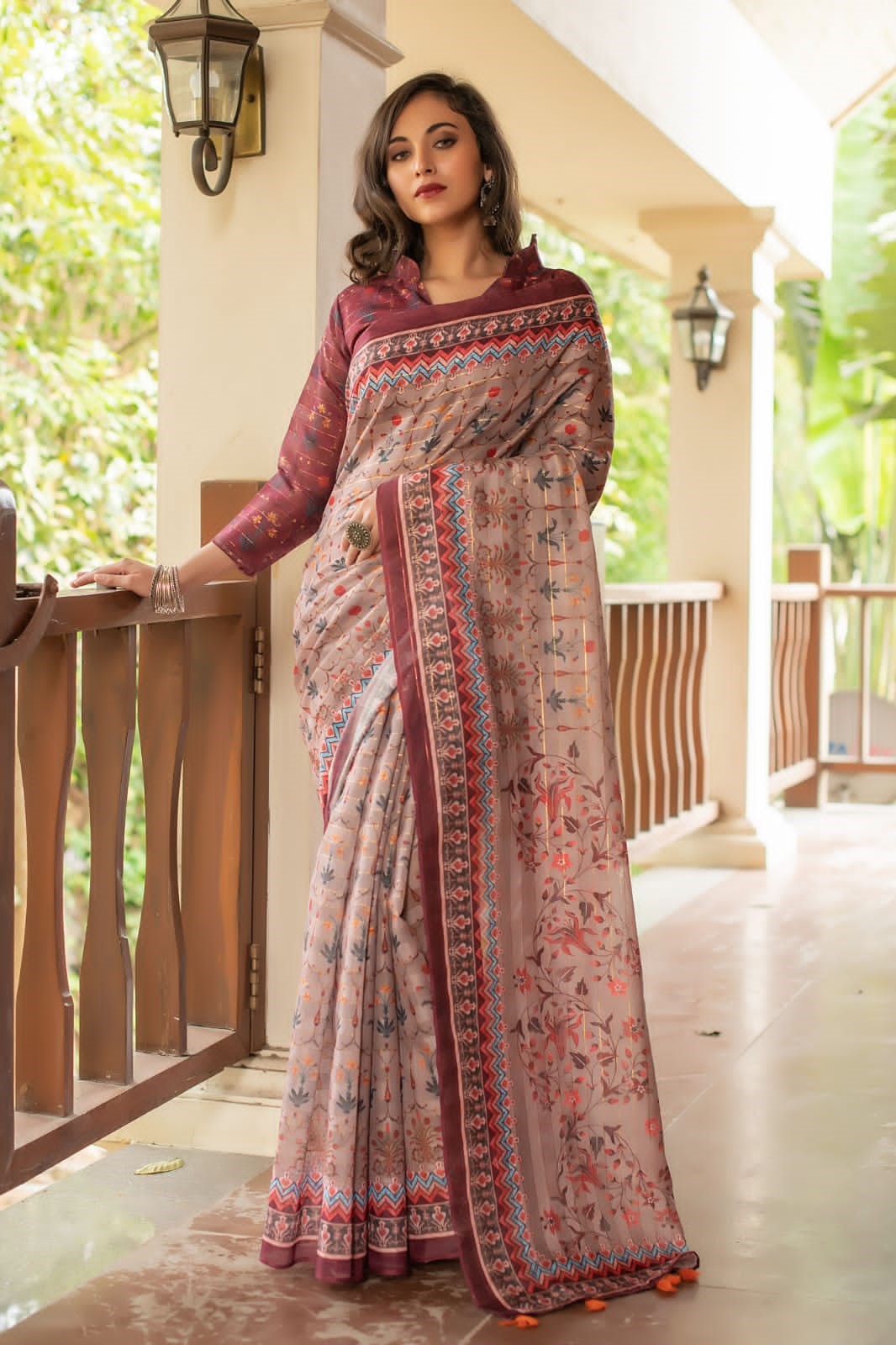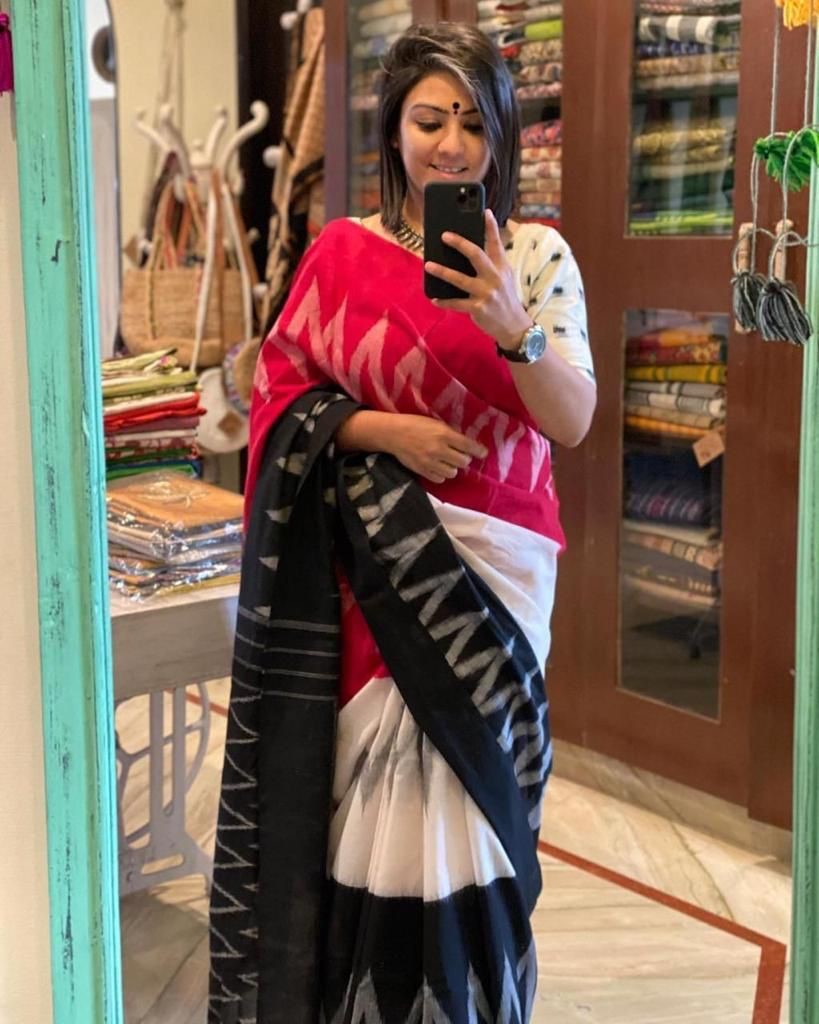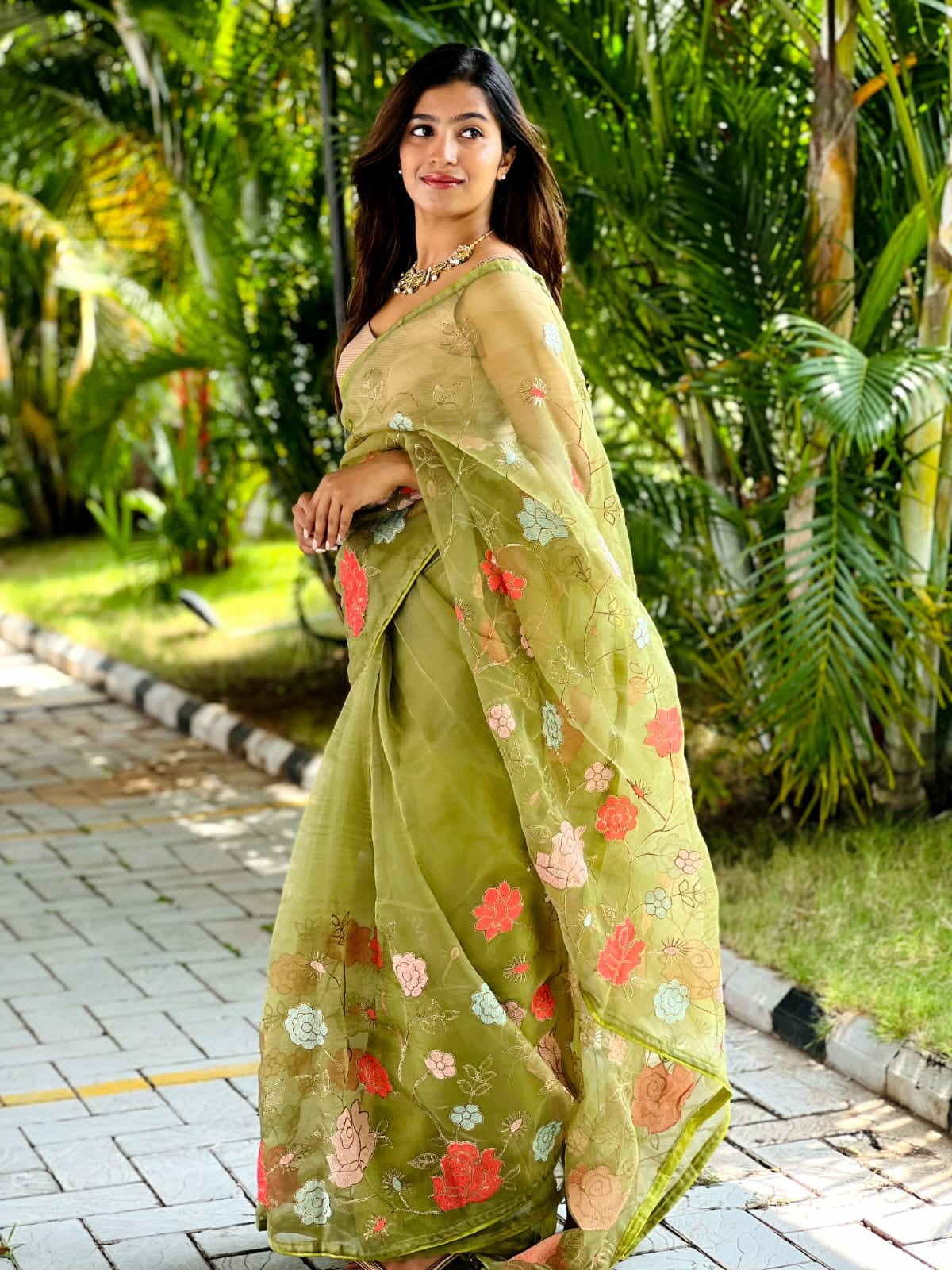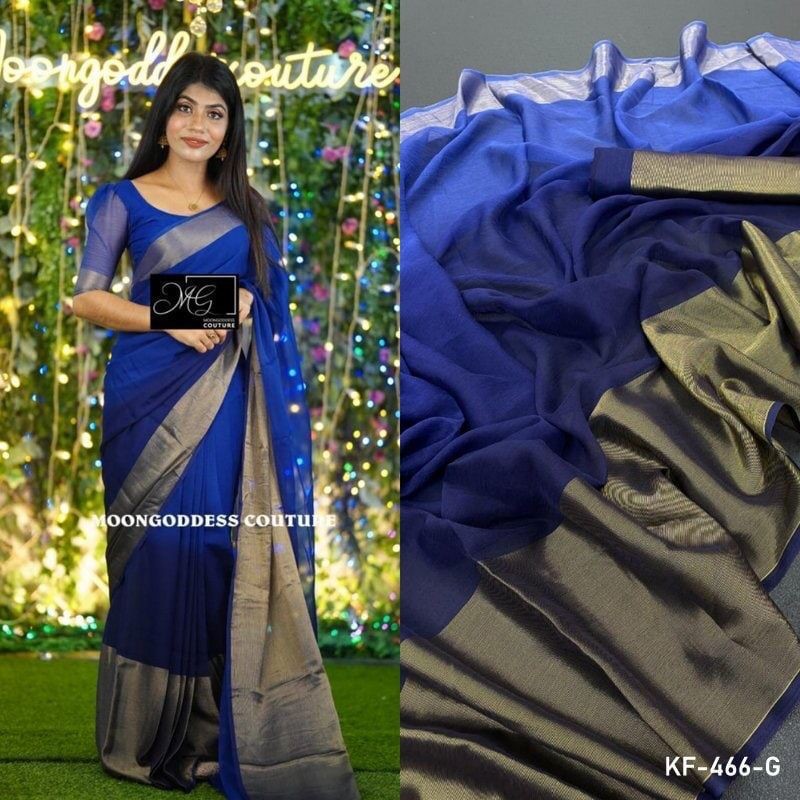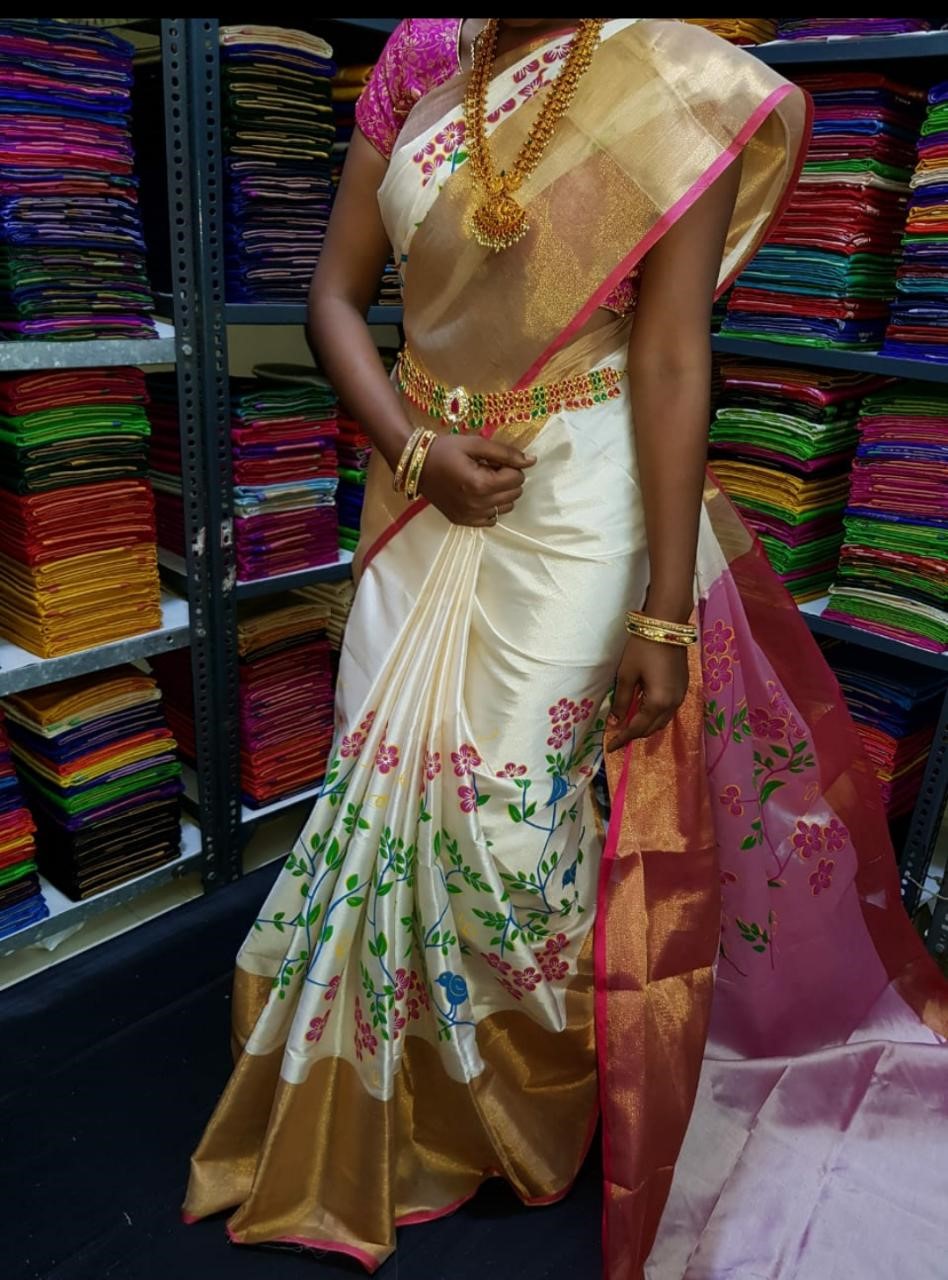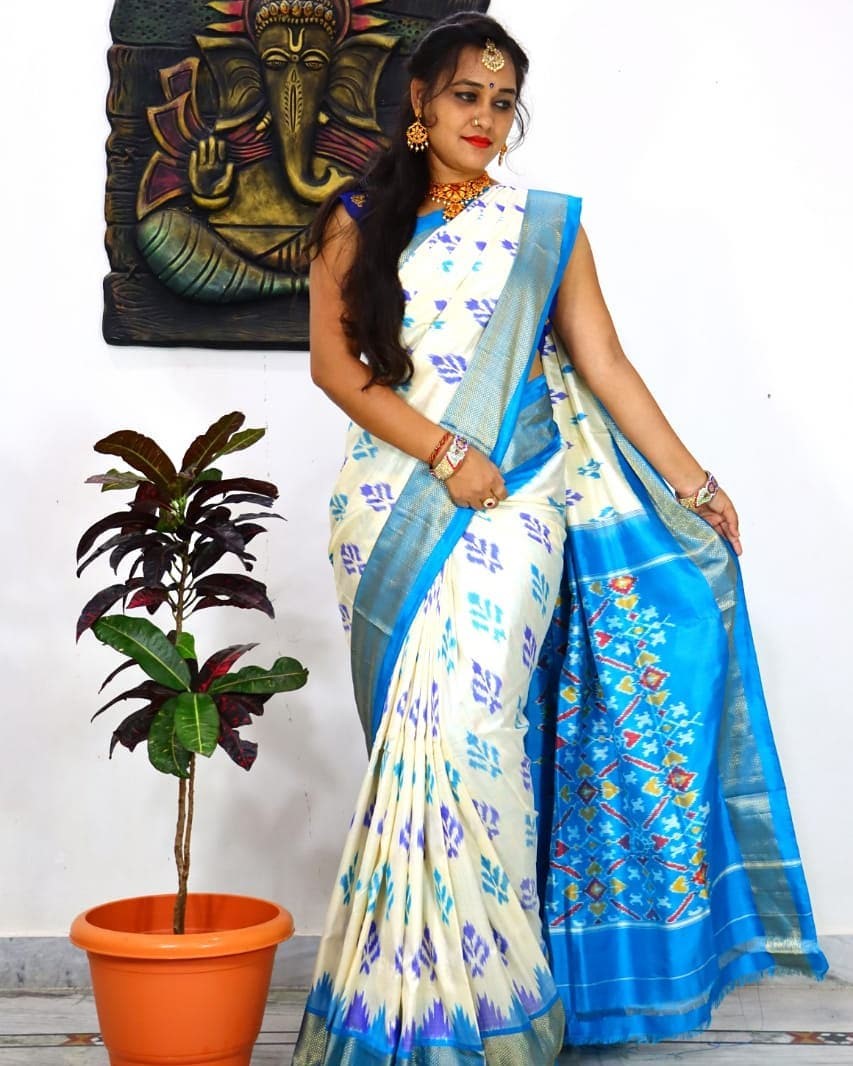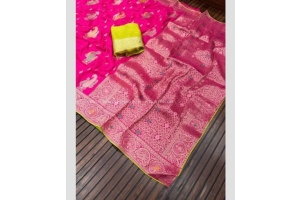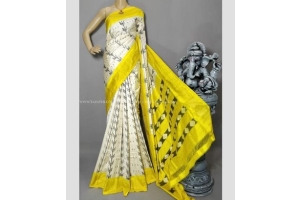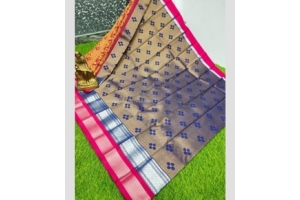Most Popular Types of Silk Handloom Sarees


As everyone is aware, Indian ladies love to wear sarees during festivals. A representation of majesty and grandeur is the six-yard elegance. It makes you feel better about yourself and enhances your appearance. The Silk saree stands out among the sarees we wear to celebrate festivals because it captures both the hearts and the eyes at once.
Elegant is the lustre and patterns. Given that India is a country with many festivals, silk sarees are frequently seen in everyone's closet. The royal silk sarees worn by Indian ladies at festivals steal the stage. These sarees are presently getting popular all over the world. Here are a few silk handloom sarees you should look into and add to your collection.
● Banarasi Sarees:
Most women prefer wearing Banarasi silk sarees. The majority of Indian weddings and elegant wardrobes include these sarees. The saree has a history with the Mughals in addition to being linked to the Mahabharat and Ramayana eras.
Banarasi sarees tell stories to enchant you with the patterned pattern and zari work on the top. The fabric and pattern options for sarees are very diverse. Katan, Organza, Georgette, and Shatir are the four different types of fabric. Five patterns make up the well-known Banarasi saree: Jamdani, Butidar, Jangla, Cutwork, Tissue, and Tanchoi.
● Kanjeevaram or Kanchipuram Sarees:
The Kanchipuram Saree sometimes referred to as a Kanjeevaram Saree, is a traditional textile from Tamil Nadu's capital city of Kanchipuram. Kanjeeveram sarees are perfect for you if you enjoy wearing exquisite, high-quality silk. These sarees are distinguished by the superior silk used in them and by the elaborate weaving designs.
Furthermore, the golden-silver thread used in these sarees is noted for the exquisite grandeur it provides to the cloth. One of the most prized garments in a woman's wardrobe is a saree made of Kanjeevaram or Kanchipuram silk, which has an intriguing history behind its creation. You're taken aback by the type of stitching and patterns used on this cloth.
● Chanderi Sarees:
The exquisite patterns of Chanderi sarees, which are traditionally made in a tiny town in Madhya Pradesh called Chanderi, are helping them become more well-known throughout India. The den, also known as the warp or long threads, is used to weave the band or weave, back and forth through the cloth.
Chanderi sarees are handwoven on looms using but or pattern needles on fabric. The craftsmanship and skill of the weavers in the creation of exquisite silk textiles are evident in the Chanderi silk sarees themselves. Sarees and Chanderi textiles are also a locally driven phenomenon, like the majority of Indian handicrafts and handlooms in India.
● Sambalpuri Sarees:
Genuine and traditional handwoven ikat sambalpuri sarees from the Indian state of Odisha. The exquisite weaving seen in sambalpuri silk sarees is an example of tie-dye art, which uses a process where the threads are first coloured with tie-dye and then weaved. These ikat sambalpuri sarees, which are made entirely of hand-woven cotton, are renowned for their unusually woven pallus and borders in contrasting colours and significant motifs drawn from the temples of Odisha. The threads of sambalpuri sarees are knotted in the appropriate patterns to avoid dye absorption and then coloured using a tie-and-dye procedure. The distinctive aspect of this type of design is that the patterns are virtually exactly mirrored on both sides of the saree.
● Kalamkari Sarees:
Traditional Kalamkari saree production involves many steps. The words "kalam" (pen) and "Kari," both of Persian origin, are combined to form the phrase (craftsmanship). There are 23 phases in the labour-intensive, highly technical process that goes into creating kalamkari art.
Travelling folk singers and painters who used to recount Hindu mythology in the villages they passed across gave birth to the Kalamkari art form, which eventually took the form of canvas painting. For many households in the state of Andhra Pradesh, the art of kalamkari is the primary source of income. Despite the hardships that the artists confront, this art has been passed down from generation to generation and is still performed with devotion.
● Begumpuri Sarees:
Around 2,000 business-minded weavers and 1,000, supporting craftspeople in the Hooghly area create exquisite hand-woven Begumpuri sarees. These Bengal Handloom Sarees are simple to maintain and don't require frequent starching. Deep and vividly coloured Begumpuri sarees are distinguished by a coarse, loosely woven structure and a silky texture. A Begumpuri saree is created by a weaver over 1-2 days.
A few decades ago, India's long-forgotten traditional handloom industry was brought back to life, giving Begumpuri Sarees a new lease on life. Only a few chosen households still pay for Begumpuri saree weaving, one of the most elaborate and complicated forms of art.
● Pochampally Sarees:
The craftspeople of Pochampally have provided the best ikat from Asia, including India, throughout the previous two centuries. The weaving of silken thread is only the last stitch in the intricate work of art that is a Pochampally ikat saree. The artisans who created this item in a small community of villages some 300 kilometres outside of Hyderabad were inspired by an age-old trade that, in its unique way, unites people from all over the world.
This weave is unique, almost precious because of the hard workmanship that goes into carefully aligning each multicoloured thread on a loom to create the ikat's hazy patterns. Every pattern influenced by nature and geometry is faultless despite its outward appearance of imperfection.
● Chanderi Pochampally Sarees:
The saree is a one-of-a-kind fusion of the arts of two separate states, MP and AP. This saree is made from a blend of Chanderi and Pochampally cloth, which both have their origins in Andhra Pradesh. The Chanderi self-lining used for the saree's base fabric is paired with Pochampally for the aanchal.
Traditional ethnic cloth called Chanderi is prized for its lightness, glittering appearance, and delicate, opulent feel. These handloom sarees, which are quite popular among women, are the epitome of elegance and offer a wonderful touch to your appearance. The Chanderi Pochampally Saree is both tempting and eye-catching. It has a pleasing texture, pattern, and feel that provides you with excellent taste and comfort.
Tapathi can readily provide you with the finest silk sarees on the market. They will go out of their way to ensure that all of your demands are satisfied with legitimate, long-lasting goods.

